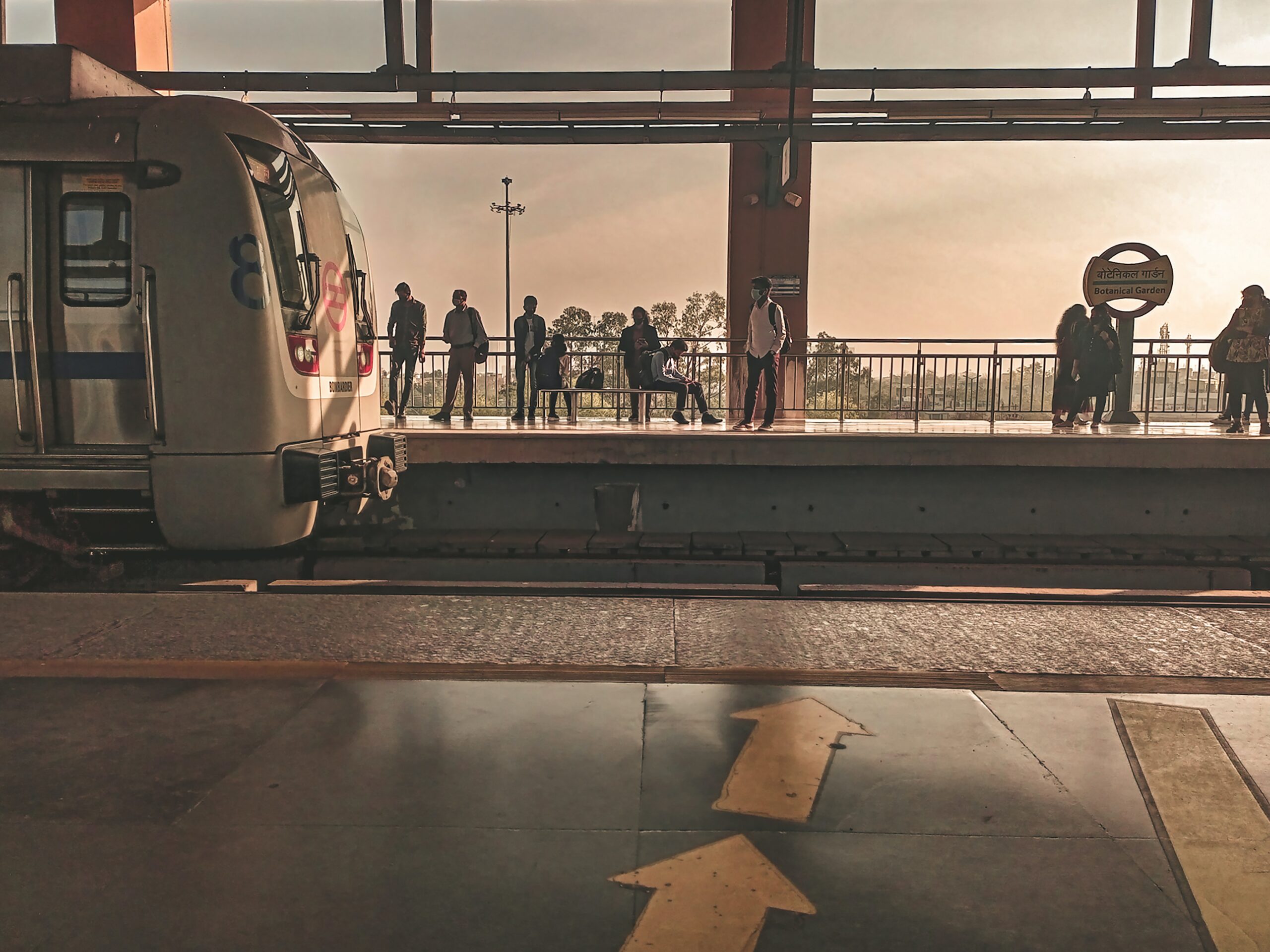The renowned Besakih Temple in Bali, often referred to as the mother temple, has undergone a remarkable transformation, enhancing its allure and charm. Thanks to the extensive revitalization efforts led by the Ministry of Public Works and Public Housing (PUPR), the temple now stands as a testament to cultural preservation and tourism development.
Spanning an area cherished by both local and international tourists, the Besakih Temple’s revitalization project was carefully executed to preserve its authentic architectural integrity while enhancing visitor experiences. This meticulous approach ensures that the essence and sanctity of the temple remain intact, drawing worshippers and admirers alike.
The Besakih Temple holds profound significance for the Hindu community in Bali, serving as a sacred site for religious ceremonies and spiritual gatherings. Its timeless allure beckons devotees from across Indonesia, who flock to partake in prayers and rituals steeped in tradition and reverence.
Despite the completion of the temple’s restoration last year, the unveiling of its revitalized facilities was recently celebrated through social media channels, garnering admiration and praise from enthusiasts worldwide. The project’s success underscores the government’s commitment to preserving cultural heritage and fostering sustainable tourism practices.
The revitalization efforts focused on two key areas within the temple complex: Bencingah, spanning 78,000 square meters, and Manik Mas, covering an expansive 87,000 square meters. These enhancements not only beautify the surroundings but also improve accessibility and amenities for visitors.
With the completion of the revitalization project, the Besakih Temple now boasts enhanced infrastructure, including spacious parking facilities capable of accommodating 1,400 cars, 1,200 motorcycles, and 66 buses. Additionally, the area features 274 modernized toilets, official residences, elementary schools, and health centers to cater to the needs of worshippers and tourists alike.
Throughout the revitalization process, great care was taken to uphold Balinese customs, traditions, and local craftsmanship, ensuring that the project remained true to its cultural roots. Local artisans and laborers played a pivotal role in bringing the vision to life, infusing their expertise and passion into every aspect of the renovation.
The Besakih Temple, with its rich history dating back to 1284 when it was founded by Resi Markandeya from India, holds a special place in Bali’s cultural landscape. Often hailed as the mother of all temples, it serves as the spiritual nucleus of Bali’s Hindu community, embodying the island’s spiritual essence and cultural heritage.
Tourists visiting the Besakih Temple are treated to a captivating journey through Bali’s rich cultural tapestry, where ancient rituals and customs come to life amidst breathtaking scenery. The temple’s revitalization not only enhances the visitor experience but also contributes to the preservation and promotion of Bali’s unique heritage.
President Joko Widodo’s official inauguration of the revitalized Besakih Temple in March 2023 marked a significant milestone in the temple’s history. His unwavering commitment to cultural preservation and tourism development has paved the way for future generations to cherish and enjoy this iconic landmark.
Having allocated a substantial budget of Rp 770 billion for the revitalization project, President Jokowi’s visionary leadership underscores the government’s dedication to safeguarding Bali’s cultural legacy. The completion of the Besakih Temple’s restoration stands as a testament to Indonesia’s cultural richness and its enduring commitment to preserving its heritage for generations to come.






















